Silk Production: Role of Feed on Tasar Silk and Egg Production
Silk is a way of life in India which provides much needed employment in several developing and labour-rich countries. Over 25 countries in Asia Africa and South America are at present engaged in sericulture projects of varying dimensions. However with rapid industrialization the silk industry is loosing grounds in some European countries like France Italy and Spain and also in some traditional silk producing countries like Japan and South Korea. Tropical tasar silkworm Antheraea mylitta (Drury) is a polyphagous species with three distinct primary food plants and two most popular semi-domesticated ecoraces which are reared in different eco-pockets. Rearing of the tasar silk-worm provides employment and additional income to approximately 1.4 lakh tribal families of Bihar Orissa Madhya Pradesh Uttar Pradesh Andhra Pradesh West Bengal and Maharashtra. Traditional methods of rearing for cocoon production (raw material for natural silk fibers) were less remunerative to the tribal readers. Of late the government agencies have been trying to organize this sector on scientific lines by introducing the schemes of block plantations on fallow lands in vicinity of the tribal villages and rearing of young larvae under nylon-net protection for on-farm activities; and basic silkworm seed production and post-cocoon technology innovation for off-farm activities to make the industry more remunerative economically viable eco-friendly and market competitive. The study incorporated in this book has generated basic information on various aspects of quantitative nutrition of tasar silkworm which will help to improve the product quality and gave insight into entire gamut of the quantitative nutrition of the tasar silkworm which was almost unknown till date. Further this book is ornamented with research findings of authors. The book will be welcomed by teachers and students of post-graduate level research students of nutritional physiology and ecology sericulture scientists government agencies and non-government organizations for taking up developmental schemes for the benefit of tribal readers who have been associated with the sericulture from time immemorial.
Get it now and save 10%
BECOME A MEMBER

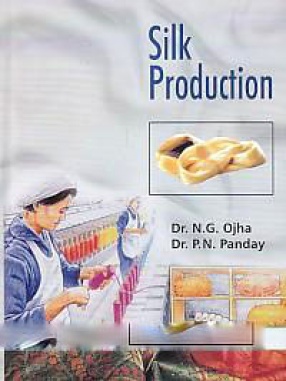
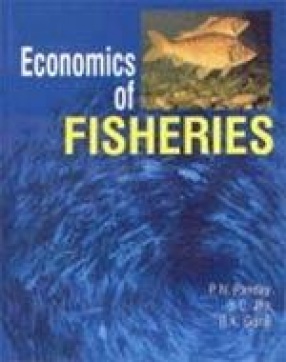
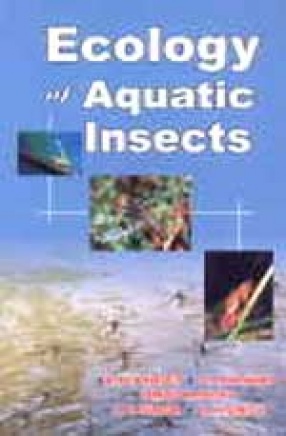
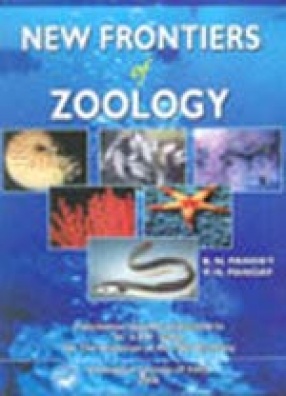
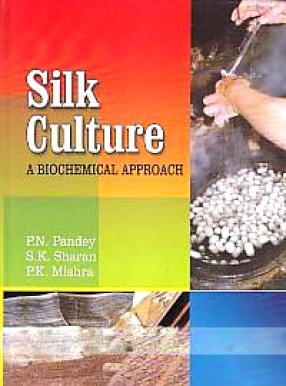
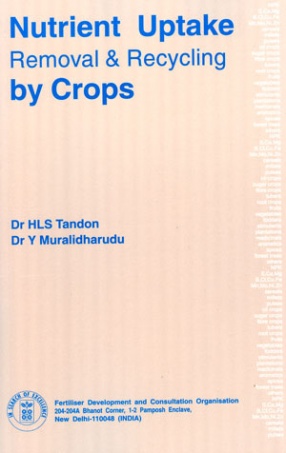
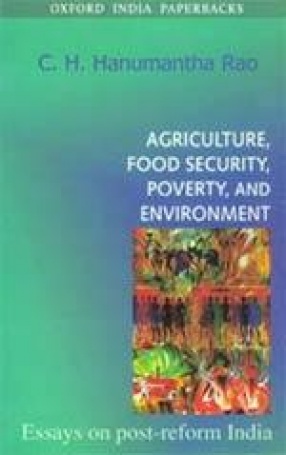
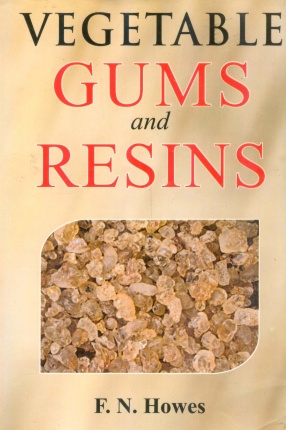
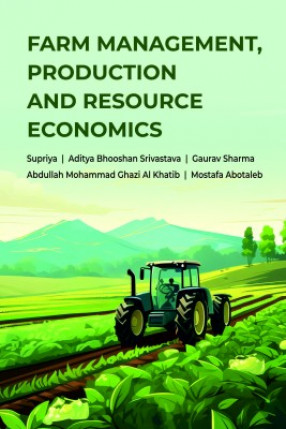

Bibliographic information
P.N. Panday